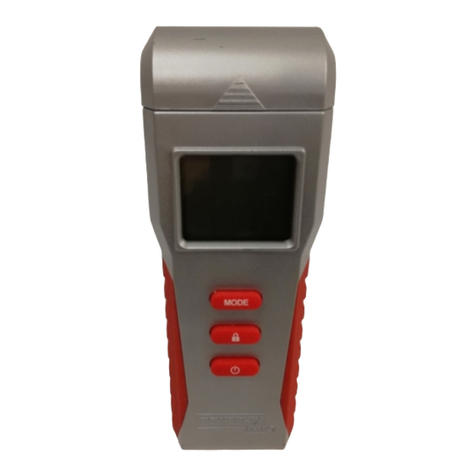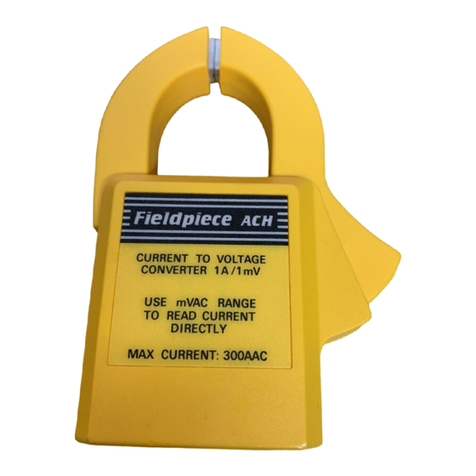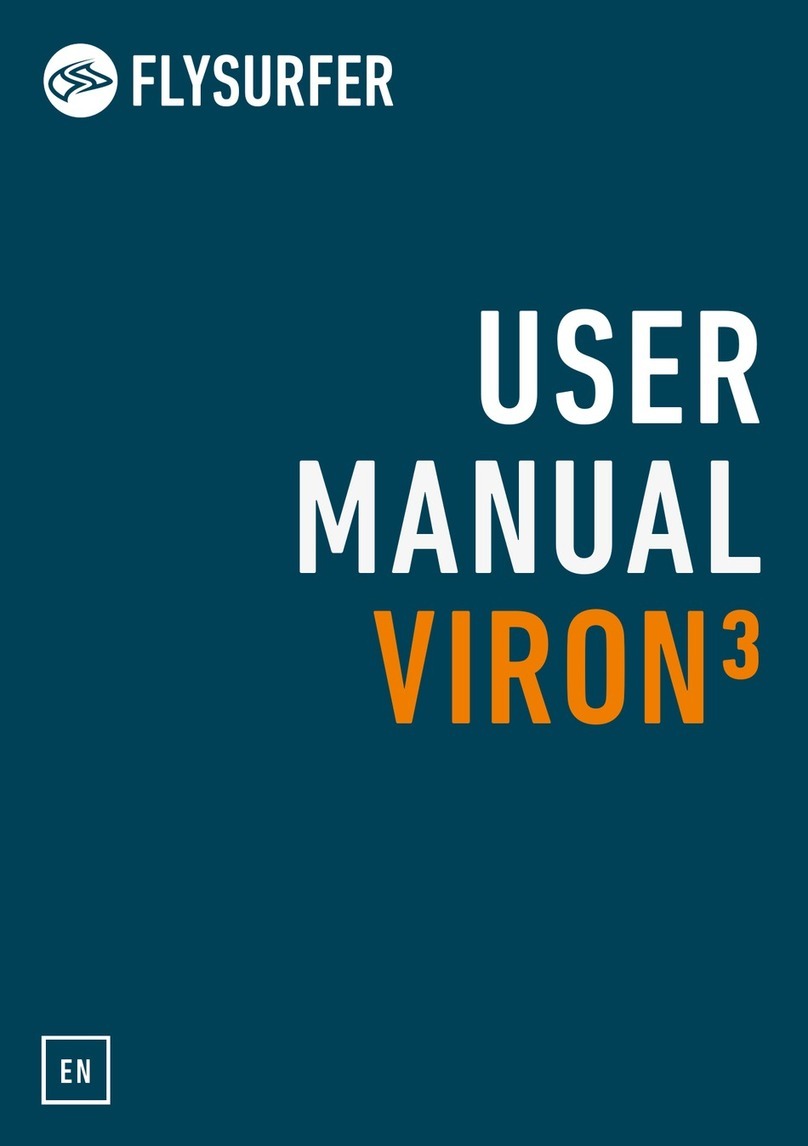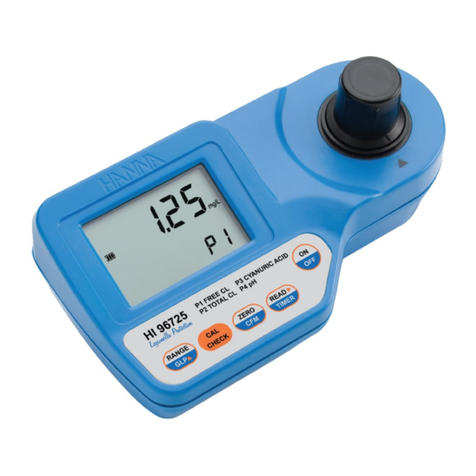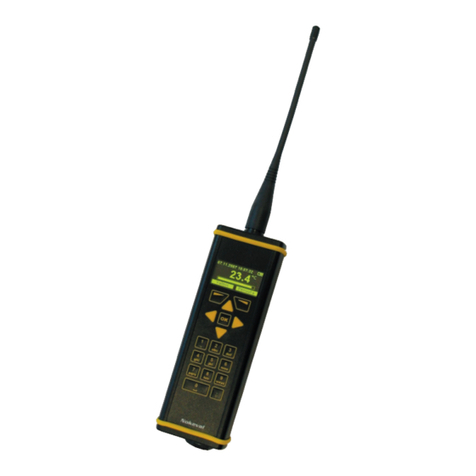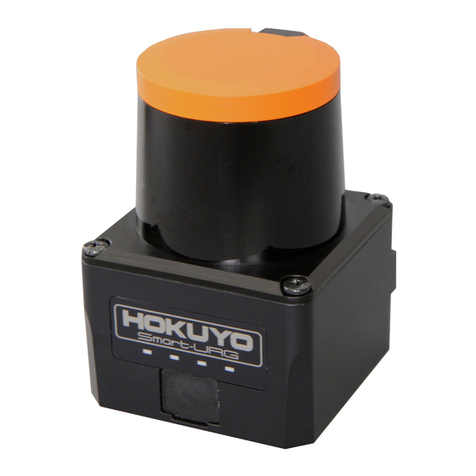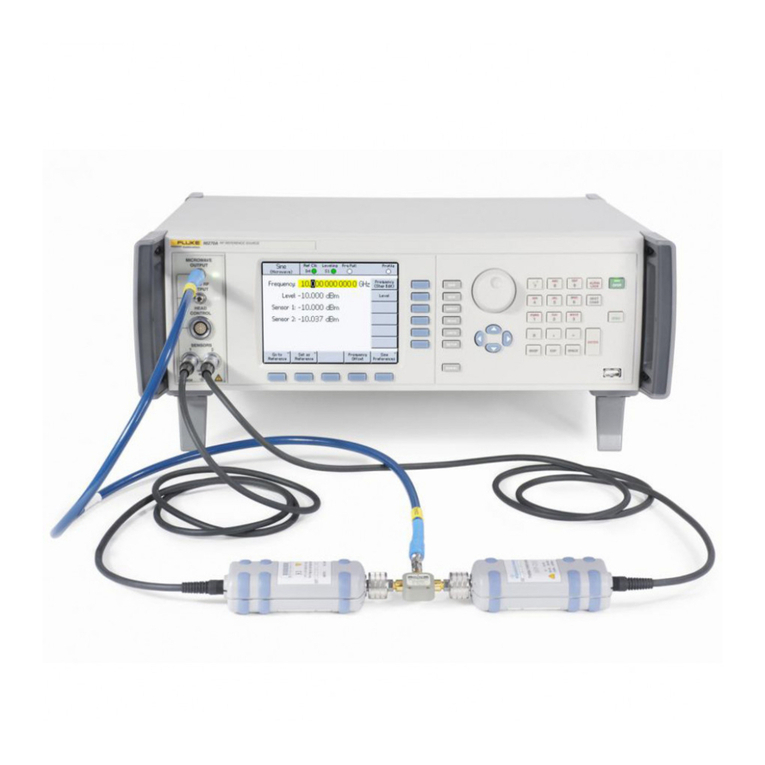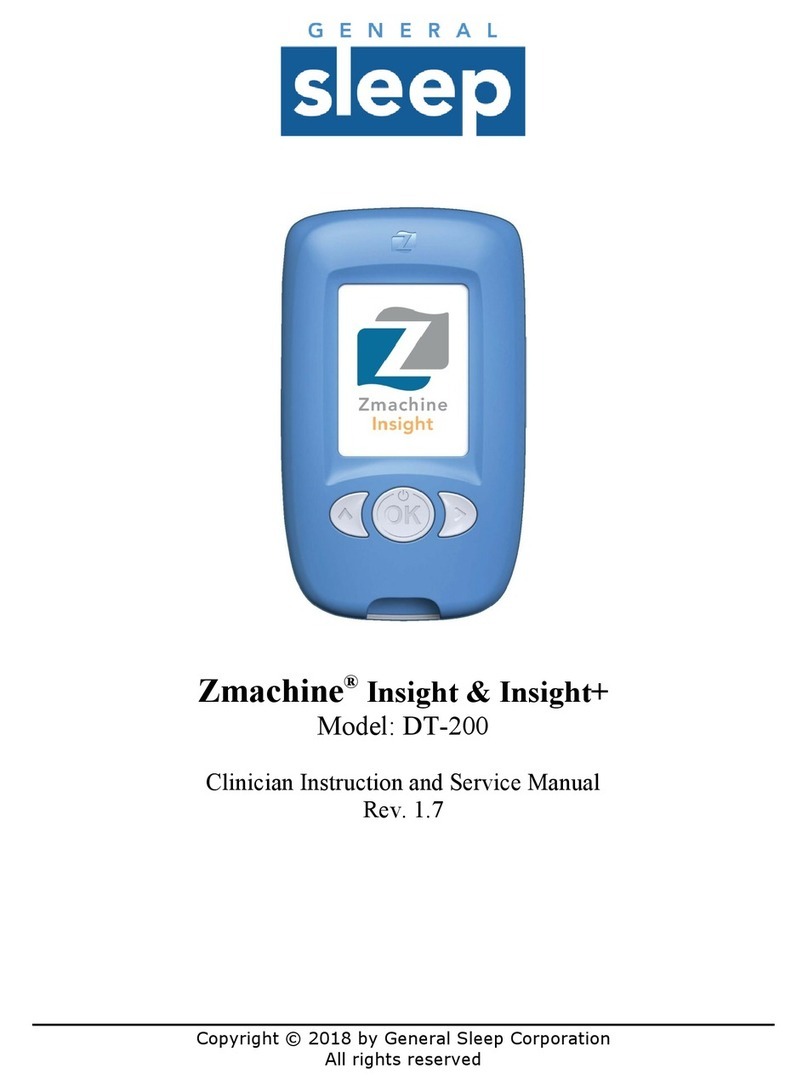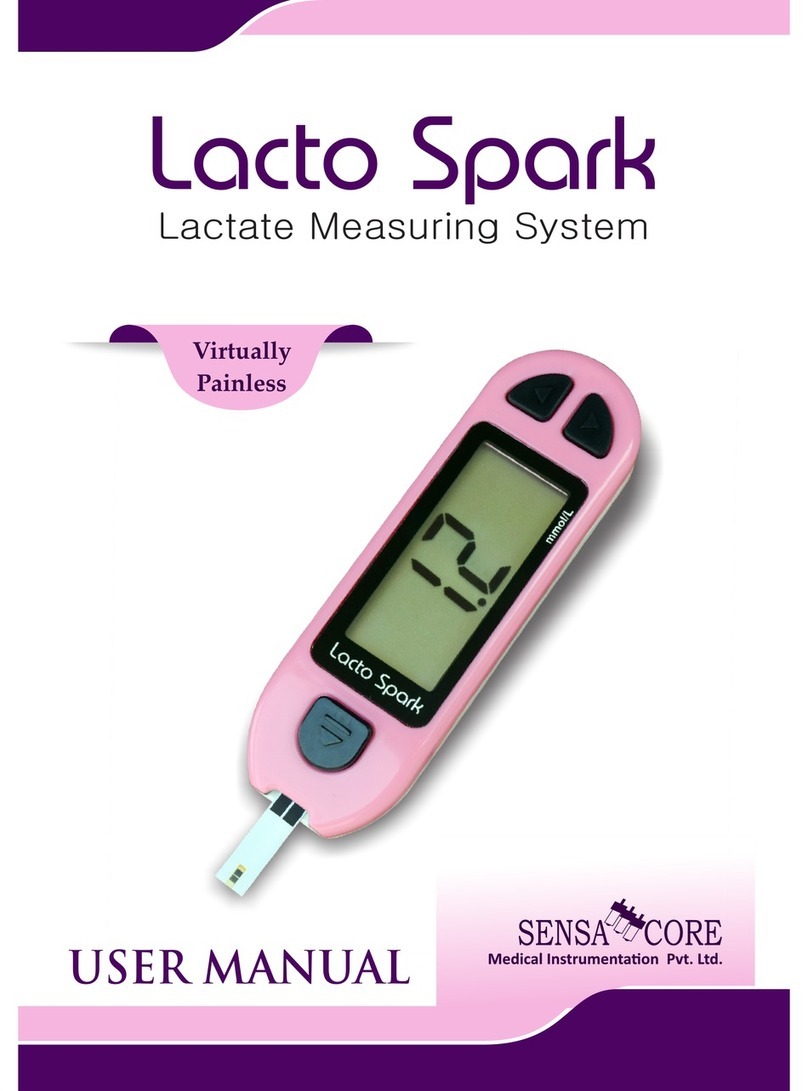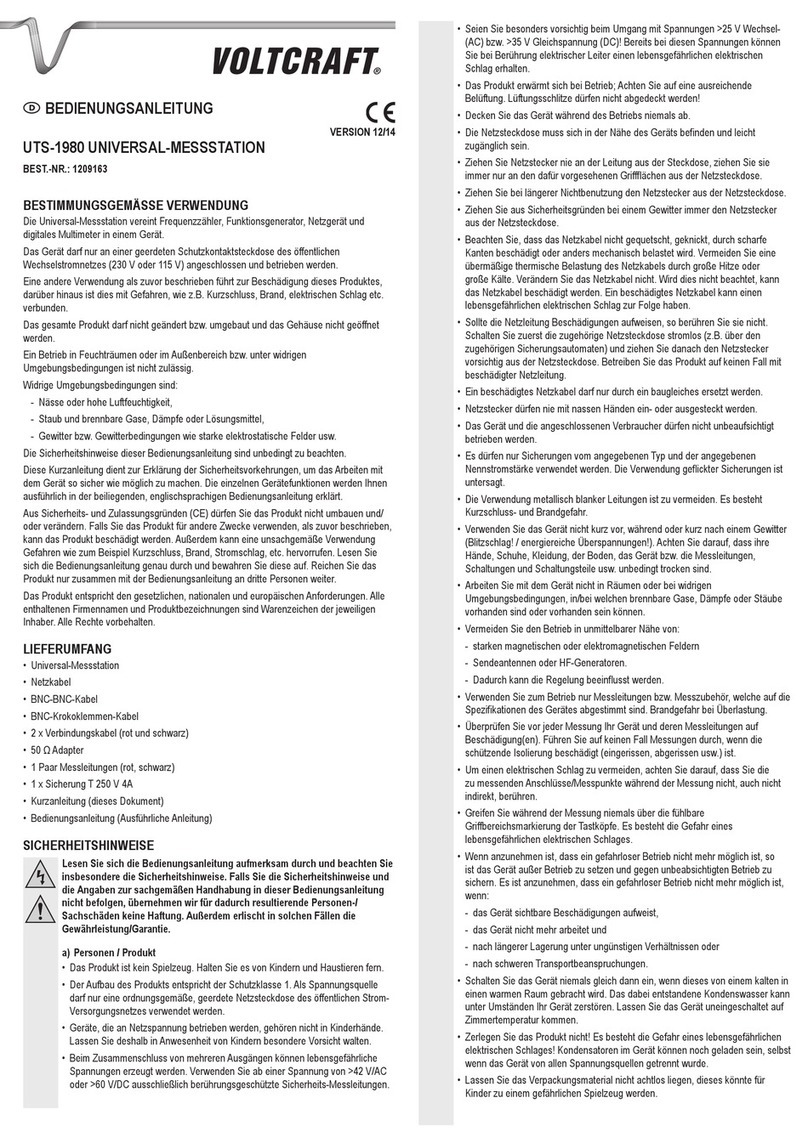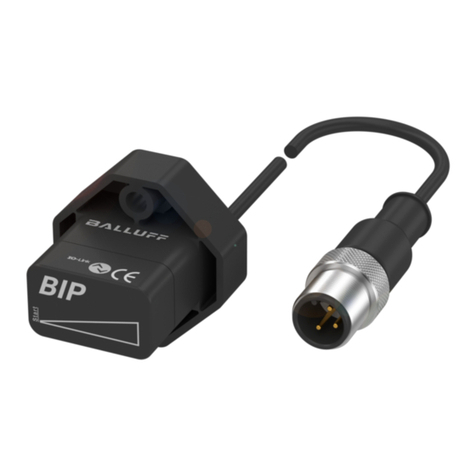
TABLE
II
16MM
LENSES
RELATIVE
LIGHT
TRANSMISSION
PERCENTAGES
Focal
Length
1/2"
5/8"
1"
1-1/2"
2"
2-1/2"
3"
3-1/2"
4"
Speed
f
2.4
f
2.0
f
2.0
f
1.6
f
1.6
f
1.8
f
2.0
f
2.5
f2.8
Percent
44.5%
64%
64%
100%
100%
Reference
79%
64%
41%
32.6%
Placement
of
Equipment
and
Spectators
If
allthe
spectators
inthe
room
areto
have
an
unobstructedview
ofthe
screen,
both
the
screen
and
the
projectorshould
be
raised
above
the
heads
of
the
audience.
Thetopofthe
table
upon
which
the
projector
stands
should
beat
least
4-1/2feet
high
so
that
the
beam
of
lightwill
pass
above
the
heads
of
those
whosit
directly
in
front
ofthe
pro-
jector,
andthe
loweredge
ofthe
screen
should
be
at
least
as
high
asthe
heads
of
those
persons
who
sit
nearest
tothe
screen.
When
a
matte
screen
is
used,
noone
should
sit
closer
toit
than
two
screen
widths,
nor
farther
from
it
than
six
screen
widths,
nor
outside
an
angle
of
30
degrees
from
the
center
line.
The
most
satis-
factory
view
ofthe
picture
is
obtained
in
this
area.
Beyond
an
angle
of40
degrees
the
picturebecomes
noticeablydistorted.
When
a
beaded
screen
is
used,
noone
should
sit
closer
tothe
screen
than2-1/2
screen
widths,
not
farther
from
it
than
six
screen
widths,
nor
out-
side
an
angle
of20
degrees
either
side
ofthe
center
line.
Beyond
the
20-degree
angle
the
bright-
ness
ofthe
screenfalls
off
rapidly.
Choice
of
Screens
A
matte
screen
should
be
used
whenever
a
sufficiently
brightpicture
canbe
obtained,
forit
presents
a
more
uniform
brightness
tothe
entire
audience.
A
beaded
screen
appearsbrighterthan
a
matte
screen
along
the
line
from
the
center
of the
screen
tothe
projector,
butits
brightnessfalls
off
rapidly
asthe
observermovesaway
from
this
line.
The
screen
recommendationsgiven
in
Table
III
are
based
ontheuseoftheRCA
2—inch
f/1.6
coatedprojection
lens.
Precautions
In
order
to
avoidinterruptions
and
disturbances
of
sound
and
picture
during
a
show,
the
observance
of
the
following
details
is
worthwhile.
Securing
Cables
The
power
and
speaker
cables
should
be
secur-
ed
so
thattheycannotbecomedisconnected
acci-
dentally
by
persons
stumblingoverthem.Theymay,
for
example,
be
tied
to,or
wrappedaround,
a leg
of
the
projection
table.
Where
they
lieonthe
floor,
they
should
be
covered
or
otherwise
protected.
Replacements
Interruptions
caused
by
burn-out
ofthe
projec-
tion
lamp
orthe
sound
lamp
are
occasionally
un-
avoidable,
but the
resultingdelayneed
not be
protracted
ifthe
operatoralways keepswithin
easy
reach
a
tested
setof
spares
for
immediatesub-
stitution.
For
details
of
replacement,refer
to
"Maintenance".
PreviewingPictures
An
experiencedoperatorwillpreview
films
he
plans
to
show
in
order
to
acquaint himself
with
their
peculiarities
and
thus
be
ready
to
make
chang-
esin
volume,tone,
and
focuswheneverthey
are
required.
Care
of
Film
Film
should
be
handledcarefully
lest
itbe
scratched
or
broken.Film
is
easily
scratched
by
winding
ittoo
tightly
onthe
reel
so
that
adjacent
turns
of
film
grind
against
eachother.
Scratches
on
film
are
verynoticeable
on the
screen
and it is
costly
and
difficult
to
remove
them.Filmshould
be
handled
bythe
edges
as
much
as
possible,
and
touching
the
picture
or
soundtrackareashould
be
avoided.
Occasionally,
film
should
be
inspected
for
brokensprocket
holes
and
other
defects.
Neces-
saryrepairs should
be
performed
promptly.
When
film
is
dirty
it
should
be
cleaned
by
pass-
ing
it
betweenfolds
of
lint-freeclothmoistened
with
carbontetrachloride,
or
someother
cleaner
suggested
bythe
dealer. Consult
the
dealer
fora
humidor
for
storing
film
when
itisnotin
use.
Running
Time
The
running
time
of
reels
of
givenlength
of
16mm
film
depends
on
whether
the
film
is
sound
or
silent,
for
sound
film
runs
24
frames
per
second
and
silent
film
only
16
frames.Exactknowledge
of
the
runningtime
of
various
films
willhelp
the
oper-
